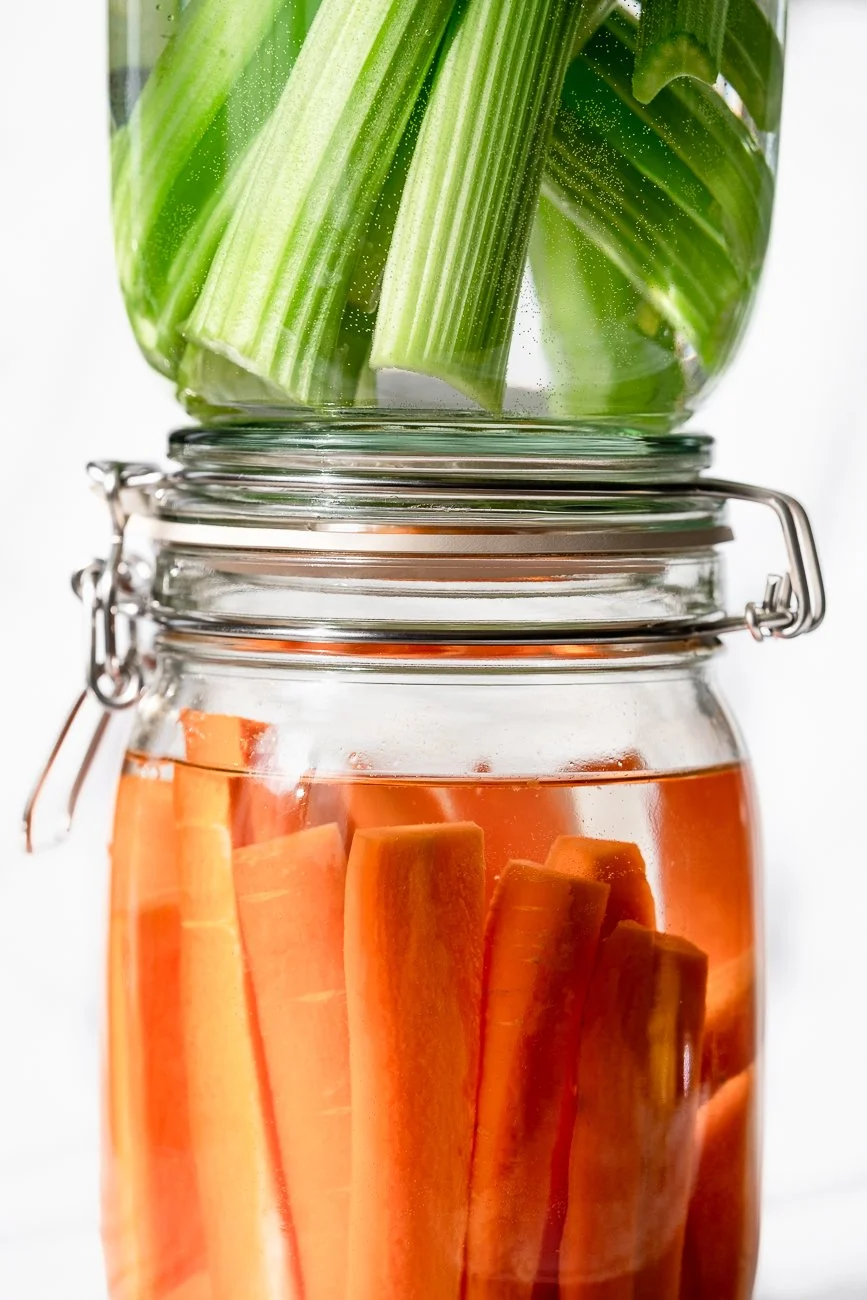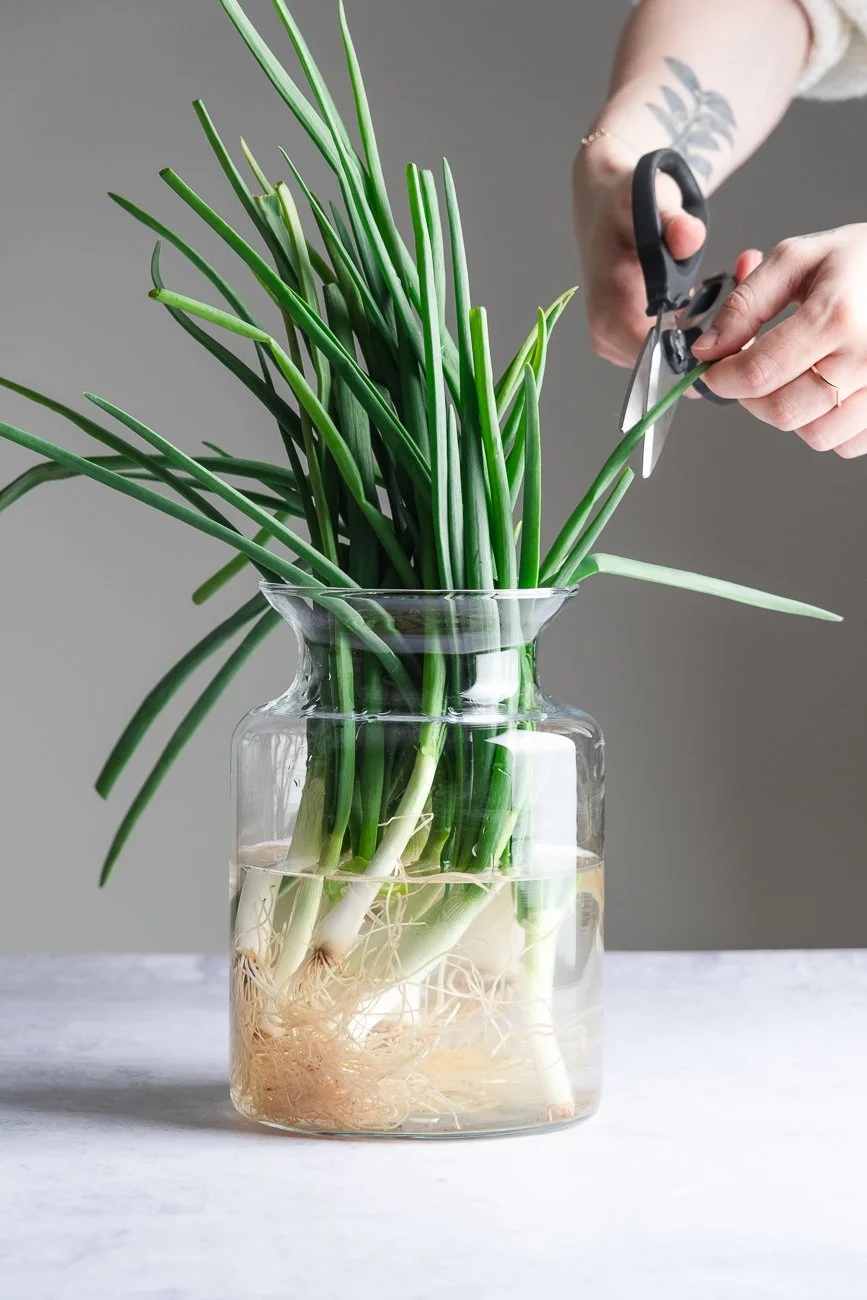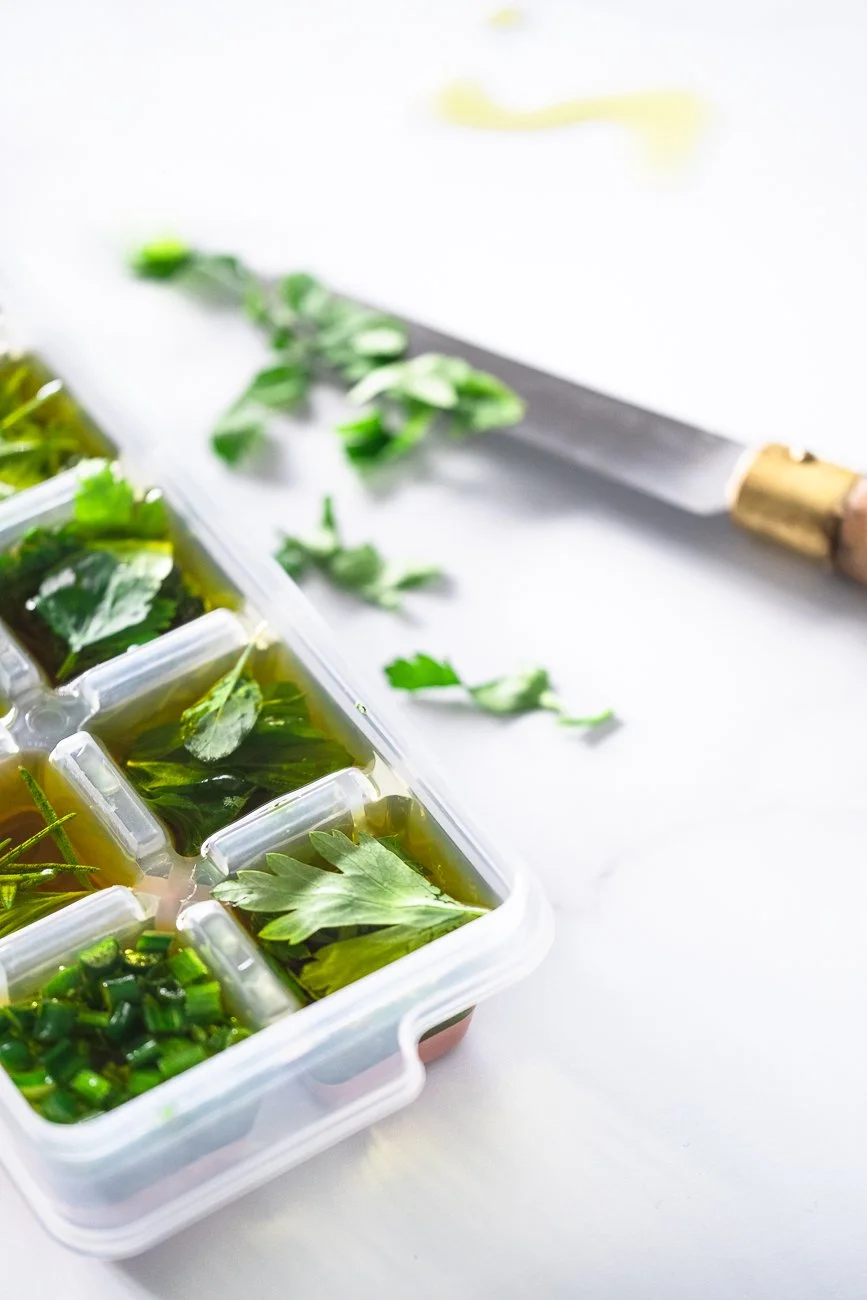Since the pandemic, the number of people living below the hunger line has been rising, now making up 9.9% of the global population—around 811 million people.
According to the FAO (United Nations Food and Agriculture Organization), one-third of all food produced for human consumption ends up wasted. That equals a staggering 1.3 billion tons of food—most of it fruits and vegetables. Around 30% of this waste happens along the supply chain, while the other 70% comes from our kitchens, restaurants, and retailers.
But food waste isn’t just a humanitarian or social issue. Every piece of wasted food also means wasted energy and water from farming, transport, and packaging. And when food rots in landfills, it produces methane gas—a greenhouse gas even more harmful than CO₂—making food waste a major driver of climate change.
The good news? Change starts with us. By becoming more mindful in our kitchens, we can help reduce hunger, fight climate change, and save money at the same time. Here are some practical ways to cut down on food waste at home.
1. Plan Your Meals
Have you ever come home from the farmers’ market with bags of fresh produce, only to throw half of it away a week later? You’re not alone.
Making a weekly (or even a few days ahead) meal plan helps you:
Reduce food waste
Shop more efficiently
Save money
By planning ahead, you’ll only buy what you actually need, avoiding impulse purchases that go bad before you can use them.
2. Shop Local and Seasonal
Buy fresh produce from local farmers’ markets whenever possible. It’s cheaper, fresher, and often lasts longer. Plus, local produce travels a shorter distance to reach your plate, which lowers its carbon footprint. Supporting local farmers also means supporting your community.
3. Store Food Properly
Knowing how to store your food is key to making it last.
Which fruits and veggies belong in the fridge?
Which ones should stay at room temperature?
Did you know that storing certain produce side by side can make them spoil faster?
Learning these tricks will help keep your food fresher for longer and stop unnecessary waste. (More tips below!)
4. Get Creative with Leftovers
Didn’t get around to using that spinach? Blend it into a smoothie. Softening carrots? Turn them into a soup or sauce. Leftover cooked food? Freeze it for another day or reinvent it into a new dish.
If you’re not a fan of eating the same meal twice, try adding spices, sauces, or grains to transform it. And if the food is safe (not too salty, spicy, or greasy), you can even share it with stray animals.
5. Cook the Right Portions
If you always end up with too much left over, try adjusting your portion sizes when cooking. Cooking just the right amount means less waste and fresher meals.
6. Use the Whole Plant
You don’t need to peel every vegetable. Skipping the peeler not only saves you time but also gives you extra nutrients and reduces waste.
Broccoli stems, carrot tops, and celery leaves can be added to salads, soups, or stir-fries.
Citrus peels can be zested and frozen for flavoring or used in homemade cleaners.
Vegetable scraps can be boiled into flavorful homemade stock.
Whenever possible, choose organic produce so you don’t have to worry about pesticides when eating peels or skins.
7. Track Your Food Waste
Keep a simple log of what you throw away—it’ll make you more aware and help you spot patterns. You can also stick a small note on your fridge to track what’s inside and what needs to be eaten first. The “first in, first out” rule really works.
8. Try Composting
Even with the best habits, some food waste is unavoidable. Composting your scraps (like vegetable peels, coffee grounds, and eggshells) is a fantastic way to return nutrients to the soil and reduce landfill waste. Whether you have a garden or just a balcony, there are compost methods for every home.
Smart Storage Tips to Make Your Food Last Longer
Store carrots and celery in jars of water to keep them crisp.
Freeze fresh herbs (like parsley, dill, or cilantro) in ice cube trays with olive oil for easy cooking later.
Wrap mushrooms, spinach, and lettuce in a kitchen towel before refrigerating—they’ll stay fresh longer.
Chop and store ripe tomatoes in olive oil in the fridge for up to a week.
Place herbs and leafy greens in a jar of water with a cloth over the top to extend freshness.
Keep green onions in a jar of water on the counter—they’ll regrow!
Ripen avocados at room temperature, then move them to the fridge once ripe.
Store garlic in an open basket, not sealed containers.
Keep apples away from other produce—they release ethylene gas that speeds up ripening.
Store bananas in a bunch at room temperature; freeze them once ripe if you can’t eat them in time.
Store beans and lentils in airtight containers, not original packaging.
Place a bay leaf in your flour or grains to prevent pests.
Keep bread in a bread box or beeswax wrap at room temperature, not in the fridge.
Long Story Short
Food waste is one of the biggest global challenges we face—but it’s also one of the easiest problems we can tackle at home. By planning meals, shopping smart, storing food properly, and using every part of what we buy, we can make a huge impact.
The result? Less waste, lower bills, fresher food, and a healthier planet.
Why not start today?




